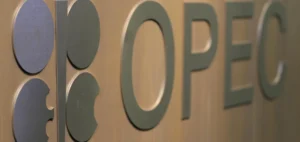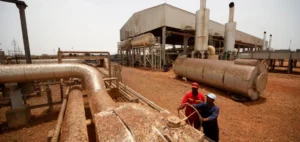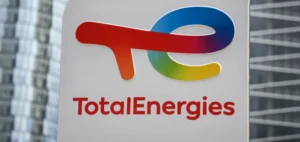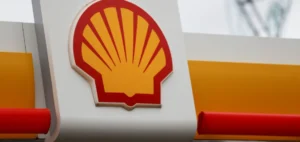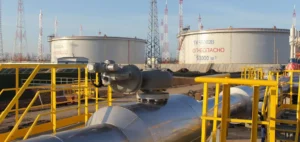U.S. Oil Inventories Exceed Expectations According to theU.S. EnergyInformation Agency. This news took analysts by surprise, as they were expecting different figures. Let’s take a closer look.
Crude Oil Inventories on the Rise
Crude oil reserves, which had fallen sharply the previous week, rose surprisingly in the week ending October 20. They increased by 1.4 million barrels, reaching a total of 421.1 million barrels. Analysts were forecasting a drop of 450,000 barrels for crude oil, according to a Bloomberg consensus. This unexpected rise had a significant impact on oil markets, deepening losses even further.
Gasoline stocks also on the rise
Gasoline inventories also increased, rising by 200,000 barrels. This contrasts sharply with forecasts, which anticipated a drop of 1.2 million barrels. This rise in gasoline inventories contributed to the downward pressure on oil prices.
The American Petroleum Institute had estimated the previous day that weekly crude inventories had fallen by around 2.67 million barrels, while gasoline stocks had dropped by 4.169 million barrels. However, the EIA figures contradicted these estimates, causing concern in the markets.
The factors behind these trends
To understand these unexpected movements, it’s important to examine the factors that influenced them. Andy Lipow of Lipow Oil Associates noted that the market was “disappointed to see refinery utilization down to 85.6%”. This unexpected drop in refinery utilization caught market expectations unawares, as demand for crude oil was expected to increase as refineries returned to full capacity after maintenance periods.
In addition, crude oil exports fell by 468,000 barrels per day, although this figure is generally very volatile. Despite this drop, US crude exports remain at a historically high level.
Gasoline demand was down slightly by 80,000 barrels per day, following a sharp rise the previous week. Gasoline reserves are now 7% higher than the previous year, according to Andy Lipow.
Global Market Situation
Demand for refined products in the United States reached 20.10 million barrels per day, although this figure was slightly down on the previous week (-1.7 million barrels per day). On average over four weeks, refined products delivered to the US market stood at 20.2 million barrels per day, showing a slight drop of 0.8%.
It is important to note that crude oil production remained at the previous week’s record level of 13.2 million barrels per day.
In conclusion, the US crude oil and gasoline inventory figures took the markets by surprise. Factors such as refinery utilization rates and crude exports played a key role in these unexpected trends. Investors will be watching developments closely to anticipate any impact on oil prices.





